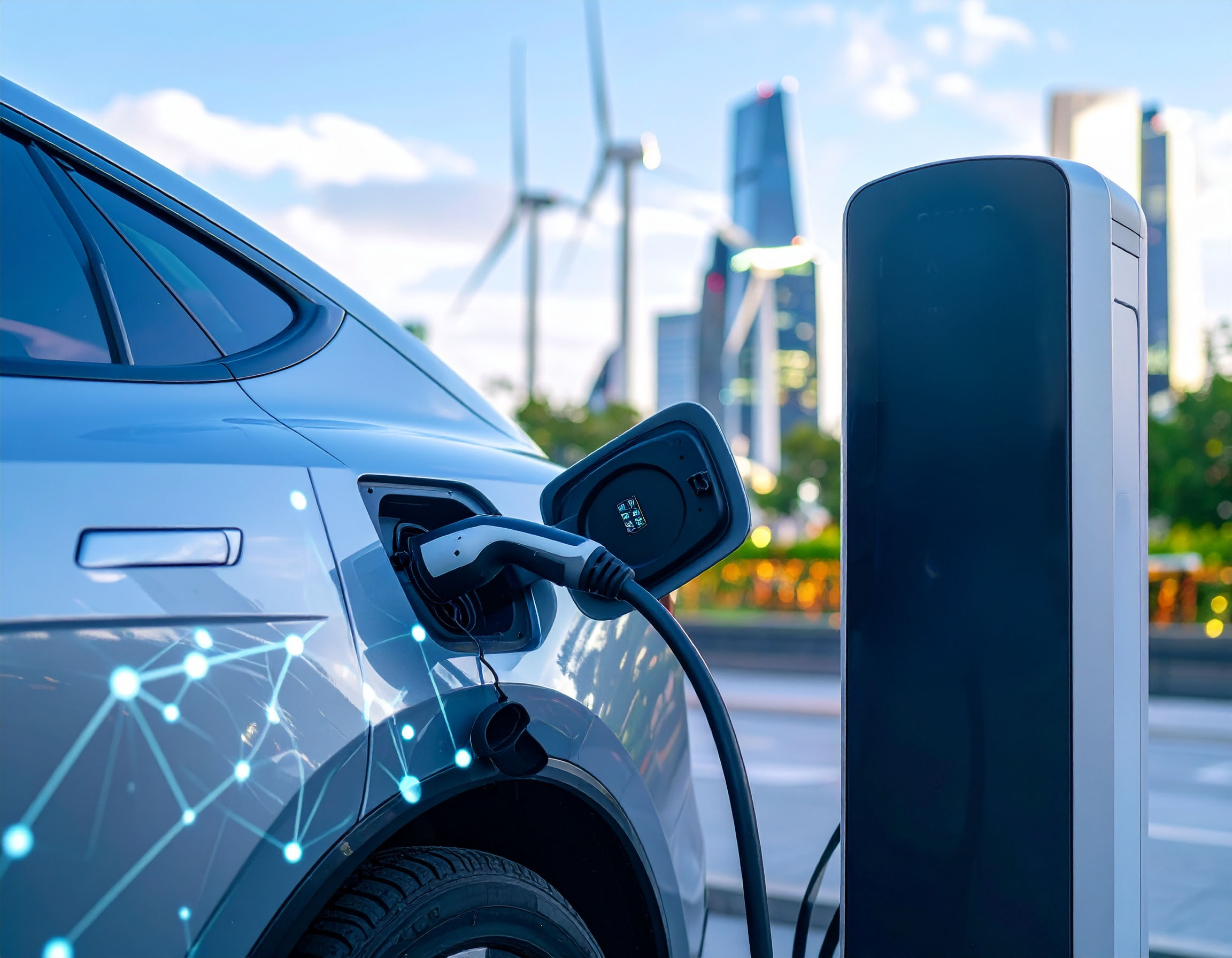UK Reopens Electric Car Grant to Hydrogen Vehicles — But Only Under £37,000

The UK Government has officially reopened its Electric Car Grant scheme to include hydrogen fuel cell vehicles (FCEVs), offering a new incentive for zero-emission mobility—provided models meet strict eligibility requirements and fall below a £37,000 price cap.
Under revised guidance issued on 16 July 2025, hydrogen-powered vehicles can now qualify for the plug-in vehicle grant, if they meet the same technical, environmental, and warranty standards as their battery-electric counterparts. This marks a notable shift in the government’s approach to supporting hydrogen mobility as part of its broader UK net zero transport strategy.
Two Tiers of Grant Support
The updated scheme offers two levels of support based on lifecycle carbon emissions:
- £3,750 for vehicles with the lowest full-cycle emissions
- £1,500 for vehicles meeting minimum zero-emission requirements
To qualify, all vehicles—whether battery or hydrogen—must emit zero tailpipe CO₂, achieve a minimum WLTP range of 100 miles, and include extended warranties for key energy systems.
For hydrogen vehicles specifically, manufacturers must also demonstrate compliance with EC Regulation 79/2009 (EU hydrogen safety standards) and supply detailed documentation to ensure safe public use and emergency responder readiness.
Price Cap Excludes Most Current FCEVs — But Opens Door for Future Models
Despite the policy shift, few current fuel cell cars in the UK will be eligible. Flagship models such as the Toyota Mirai and Hyundai NEXO exceed the £37,000 cap once VAT and delivery are factored in.
However, the policy could encourage manufacturers to introduce lower-cost hydrogen vehicles—particularly in light commercial segments. One such contender is Toyota’s hydrogen-powered Hilux prototype, currently undergoing trials. A production version priced within the threshold could become one of the first mainstream hydrogen vehicles to benefit from the grant.
Environmental Criteria: Beyond the Tailpipe
In a significant policy innovation, the full £3,750 grant is only awarded to vehicles with low lifecycle emissions, factoring in:
- Vehicle assembly location (30% of score)
- Battery or fuel cell stack production location (70% of score)
These metrics use International Energy Agency (IEA) data on national grid carbon intensity—favouring countries with cleaner electricity mixes like France and Sweden. Manufacturers must also show evidence of a verified Science Based Target (SBT) for corporate decarbonisation.
Hydrogen Warranty and Stack Performance Requirements
For the first time, the UK scheme imposes detailed hydrogen system performance standards. FCEV manufacturers must guarantee:
- A fuel cell stack that maintains 90% of original voltage output for at least five years
- A minimum 8-year or 100,000-mile warranty covering the fuel cell stack, hydrogen tanks, and drivetrain
- Demonstrated performance limits on stack degradation
- Comprehensive consumer guidance on operational safety and emergency procedures
A Small Step, But Significant Signal
Described by experts as the most technically rigorous and environmentally detailed incentive scheme to date, the new rules mark the first time hydrogen fuel cell cars in the UK are being treated on equal footing with battery-electric vehicles—at least in regulatory terms.
Whether any vehicle can realistically meet both the performance standards and price cap remains uncertain. But the inclusion of hydrogen vehicles sends a clear signal that Whitehall is beginning to take hydrogen mobility more seriously.

